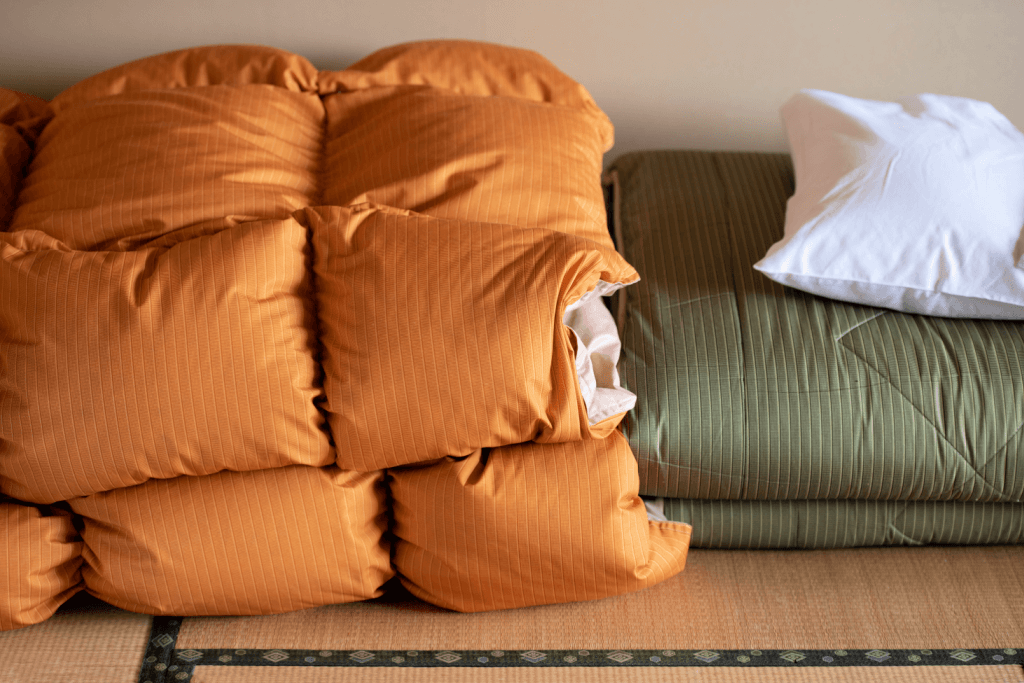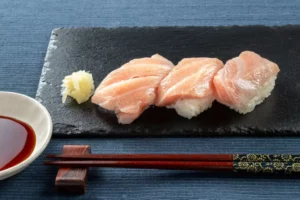The futon mattress has captivated people worldwide with its unique design and exceptional comfort. These versatile bedding options offer a minimalist and space-saving approach to sleep. This comprehensive guide will delve into the history, creation, parts, uses, and different types of Japanese futons. Whether you’re seeking a cultural experience or a practical bedding solution, Japanese futons will impress!
Table of Contents
ToggleHistory of the Futon Mattress
Generally, Japan has a rich history that dates back centuries. Their origins can be traced to traditional Japanese homes, where they were an integral part of daily life. Initially, futons used natural materials like cotton, silk, or wool. Families would roll them out onto tatami mats for sleeping at night and fold them away during the day to create more living space.
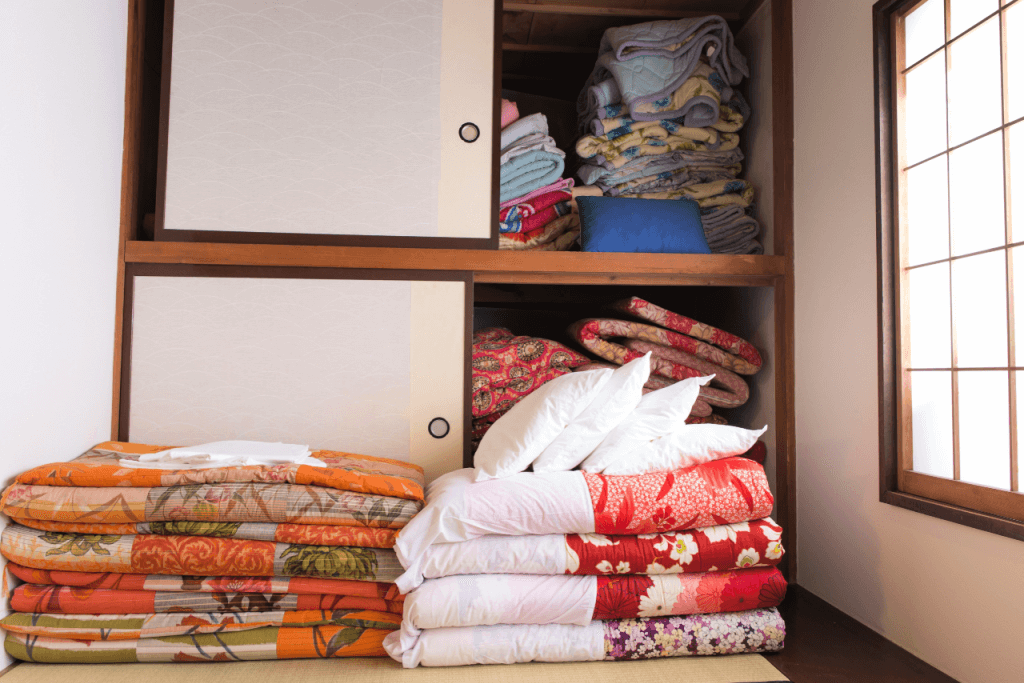
Traditional Japanese futons were specifically to optimize space in small living areas, and people would place them on tatami mats, a multi-purpose flooring material. The Japanese embraced the minimalistic lifestyle and created futons that quickly rolled up and stored during the day, providing a spacious living area.
Creation and Components of a Futon Mattress
A Japanese futon mattress has a few essential components contributing to its functionality and comfort. Understanding these parts can give you a better idea Japanese futon’s design. Here are the main components:
Shikibuton
The shikibuton is the core component of a Japanese futon mattress. However, unlike a typical mattress, the shikibuton is thin and lightweight. It has natural materials such as cotton or wool, providing a supportive and comfortable surface for sleeping. The shikibuton’s thinness allows easy folding and storage during the day, making it a versatile and space-saving bedding option.
Kakebuton
The kakebuton is a quilt or blanket that goes on top of the shikibuton. It serves as an additional layer of warmth and comfort. It typically contains fillings such as down, wool, or synthetic fibers, which provide insulation during colder seasons, enhancing the overall coziness of the futon. Furthermore, you can cover it with a removable and washable cover for convenience and cleanliness.
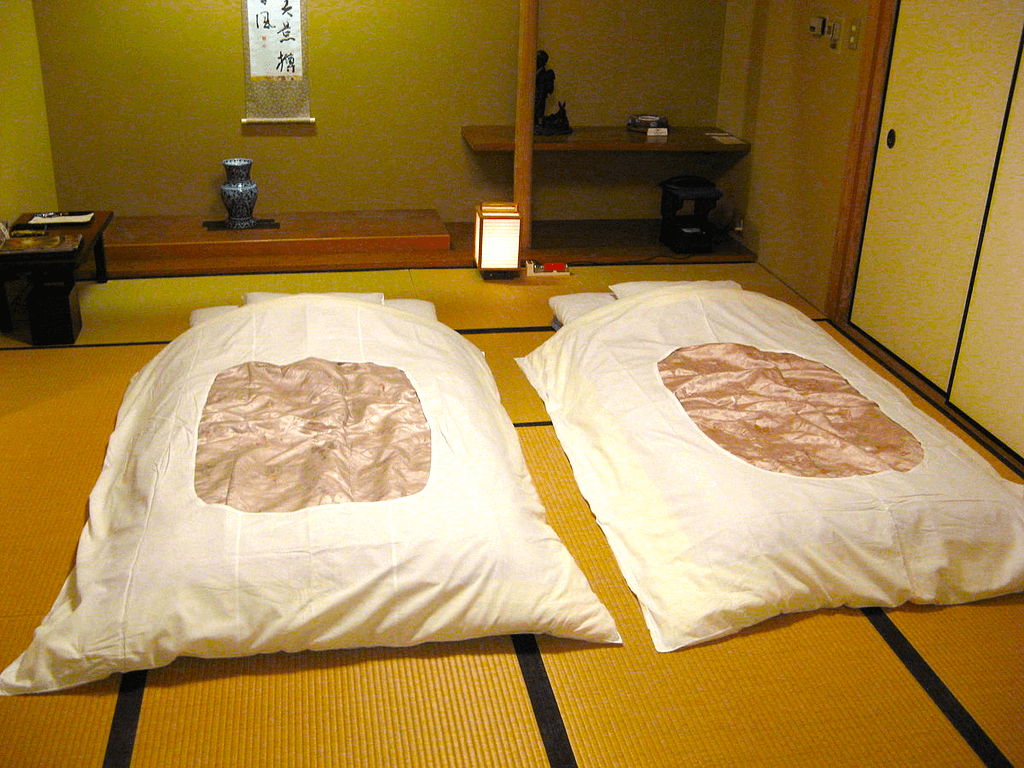
Futon Cover
A futon cover is an optional but commonly used component of a Japanese futon. It acts as a protective layer for the shikibuton and kakebuton, safeguarding them from dirt, spills, and wear. The cover can be easily removed and washed, ensuring a clean and fresh sleeping surface. Futon covers come in various colors, patterns, and materials, allowing for personalization and style customization.
Tatami Mat
Though not an intrinsic part of the futon, a traditional Japanese futon is often placed on a tatami mat. Tatami mats are made from significantly compressed rice straw or other natural fibers. More specifically, they provide a firm yet slightly cushioned surface, adding to the comfort and traditional aesthetic of the futon. Tatami mats are commonly used in Japanese homes and contribute to the overall sleeping experience.
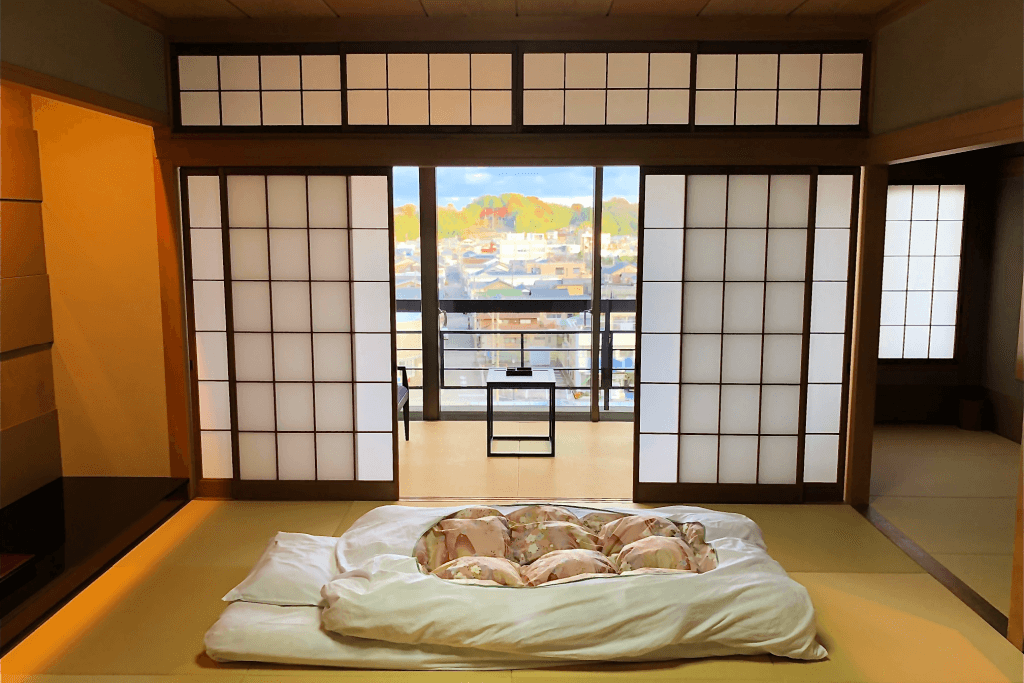
On the other hand, modern Japanese futons may include extra elements like mattress toppers or adjustable frames to meet personal preferences and improve comfort and convenience. Remembering that caring for futons is essential to ensure they last longer and remain comfortable. Practices such as fluffing or rotating the mattress, allowing it to air out, and using mattress protectors or covers can help maintain the futon’s quality.
Are you interested in even more Japanese food and culture? Try Sakuraco! Sakuraco delivers traditional Japanese snacks, sweets, tableware, and more from local Japanese makers right to your door, perfect for a pleasant snack time at home!
Where can I use a futon mattress?
Usually, futons are widely used in settings where space optimization is crucial. In small apartments, futons are a space-saving solution, providing a seating area for entertaining guests and a comfortable bed for restful nights.
They are also popular in dorm rooms, where students can maximize the limited space by having a futon as a study area during the day and a sleep sanctuary at night. Additionally, futons are excellent for guest rooms, as they offer a convenient and comfortable sleeping option for visitors while still serving as stylish furniture when not in use.
Western-style Futons
Western-style futons have gained popularity for their thicker mattresses and adjustable frames. The mattresses are often made with high-quality foam or a combination of foam and innerspring coils, offering excellent support and comfort.

These futons are available in various sizes, from twin to queen, catering to different space requirements. The adjustable frames allow users to easily switch between different positions, such as sofa, lounger, or bed, providing flexibility to suit individual preferences.
Traditional Japanese Futons
Traditional Japanese futons maintain their cultural significance and simplicity. Thinner mattresses are typically made with natural materials like cotton or wool. The minimalistic design and low height appeal to those seeking an authentic Japanese aesthetic. Overall, additional Japanese futons are still favored by those who embrace the simplicity and functionality of the Japanese lifestyle.
Futon Sofa Beds
Futon sofa beds combine the best of both worlds by merging a futon’s functionality with a sofa’s comfort and style. This furniture features a futon frame that allows them to transition between a sofa and a bed seamlessly. They often come with armrests, additional storage compartments, or even built-in cup holders. Futon sofa beds are perfect for small living rooms or multi-purpose rooms, where they serve as comfortable seating during the day and easily convert into a bed for overnight guests.
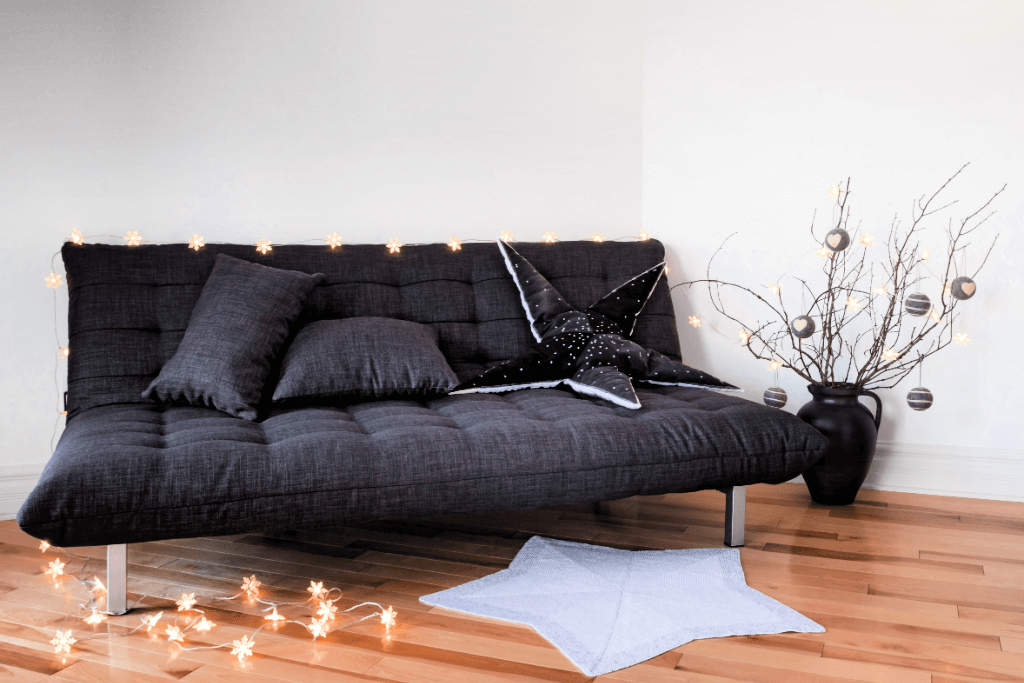
Why should I get a futon mattress?
Because of their ability to transform from seating to sleeping furniture, futons have become essential in small living spaces and multi-functional rooms. The adaptability, space-saving design, and versatility of futons make them a practical choice for modern lifestyles.
Whether you opt for a Western-style futon with a plush mattress, a traditional Japanese futon that embraces minimalism, or a futon sofa bed that combines style and functionality, you can enjoy the comfort and convenience that futons bring to your living space. Choose a futon that suits your preferences and embrace the versatility it offers as a centerpiece of your home!

